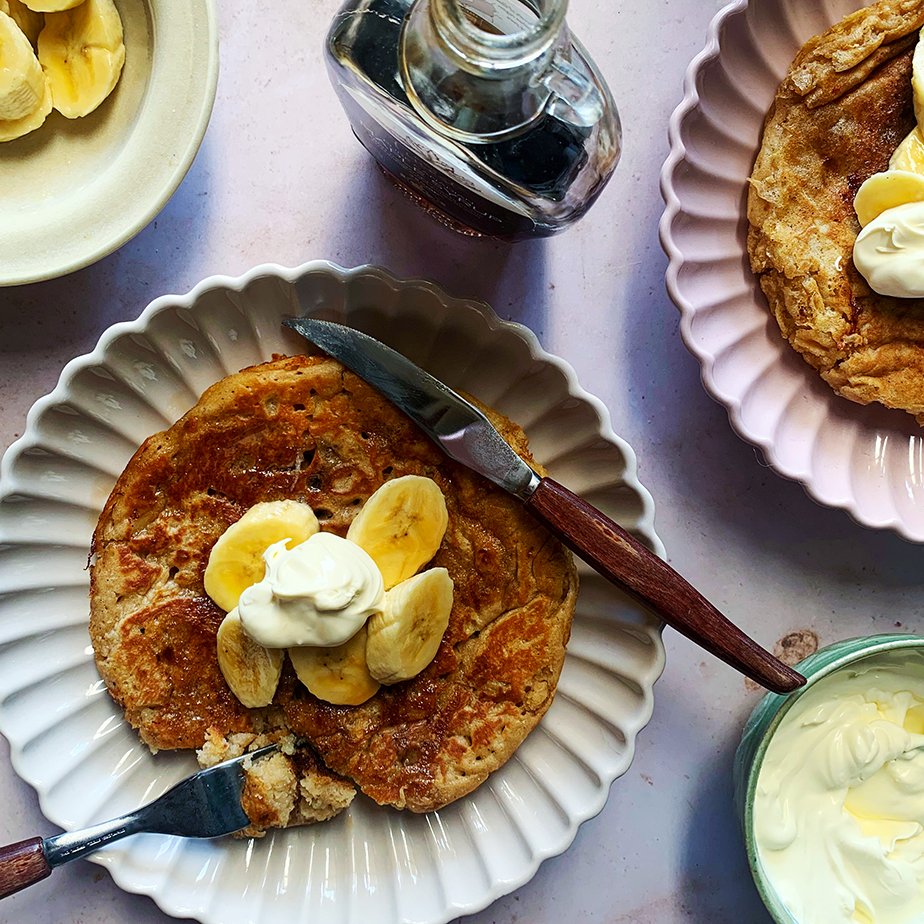Olive oil lemon cake
We have to come clean. We’re hoarding olive oil. Did you know that prices are at a 26 year high? Maybe you’ve noticed them trend through the roof over the last 12 months or so – you can largely blame a two year drought in Spain, the world’s biggest producer, for this. An outbreak of a deadly bacterium called xylella fastidiosa in Southern Italy a few years ago, which literally killed off millions of olive trees, didn’t help either. Fires, floods and downright conflagrations like the cyclone that laid the Esk Valley to waste in 2023 are playing a big part too.
With prices and shortages on the up, things are getting desperate in Italy, Spain and Greece. Nefarious types are hacking down olive-laden trees to strip off the crop for themselves, are stealing oil from warehouses, and are diluting olive oil with inferior product to stretch it further. Bastards.
When we first caught wind of the dire olive oil situation, to be safe we put aside a few (ok, QUITE a few) fairly large (alright, RATHER large) tins to guarantee supply for a while (oh ok, for AN EXCEEDINGLY LONG TIME). The thought of running out makes us nervous (make that ‘off-the-charts PERTURBED’). Extra virgin olive oil is freaking life as far as we’re concerned and running out is not an option. We use it for everything.
Except, of course, Asian and Indian dishes where the flavour isn’t right. And shhh. Please don’t tell the EVOO mafia our garages are stuffed with a stash because we suspect that defending it would get messy. We even use EVOO in this wonderful, lemon-y cake, although less obsessed cooks can happily slosh in vegetable or canola oil. (You can’t really taste the oil as such; we just think olive oil is a bit healthier than veg. Even in a cake. Which by definition is NOT particularly healthy. So yeah, we’re not awfully logical when push comes to shove).
Cakes made using oil are interesting. The classic is Chiffon Cake, an American invention from the 1920s which has a light, airy structure, and uses whisked egg whites as well as vegetable oil to give its trademark fine texture.
Oil is lighter than butter and the texture of oil cakes is lighter too. Oil is also 100% fat whereas butter is about 80% fat; the other 20% is made up of about 5% milk solids and 15% water. The water in butter strengthens the gluten in flour, resulting in a denser crumb and not quite as tender a cake as one made using oil. (That’s not always a bad thing though as sometimes you want a firmer structure; in a multi-tiered cake, for example). Oil-based cakes stay moister for longer, keep better overall, and have a finer crumb too. Plus, they refrigerate more happily than butter-based cakes, which harden and dry out in the fridge. This is super-nifty when a cake has icing that needs to be refrigerated, such as cream cheese-based ones. Which is also serendipitous because the kinds of cakes that mostly use oil (zucchini, carrot and some apple cakes, for example), also use this kind of icing.
MAKES 1 x 24cm CAKE
375g (1½ cups) plain flour
1 tbsp baking powder
3 large eggs
330g (1½ cups) caster sugar
180ml (¾ cup) olive oil
2½ tbsp finely grated lemon zest
60ml (¼ cup) lemon juice
260g (1 cup) Greek-style yoghurt
Icing
125g (1 cup) icing sugar
60ml (¼ cup) lemon juice
Preheat the oven to 160C. Lightly grease and flour a 24 cm bundt tin.
Sift the flour and baking powder into a bowl.
Combine the eggs and sugar in the bowl of an electric mixer then whisk for 4-5 minutes or until thick and pale. Slowly add the olive oil, whisking until it emulsifies, then mix in the zest, juice and yoghurt. Add the flour mixture, then using a large metal spoon, quickly stir to combine well. Pour into the prepared cake tin, then bake for 50 minutes or until a cake tester withdraws clean. Cool the cake in the tin for 30 minutes, then turn out onto a wire rack to cool completely.
For the icing, slowly add the lemon juice to the icing sugar in a small bowl, stirring constantly with a fork until a smooth, runny icing forms. Drizzle over the cooled cake, then leave to set.






